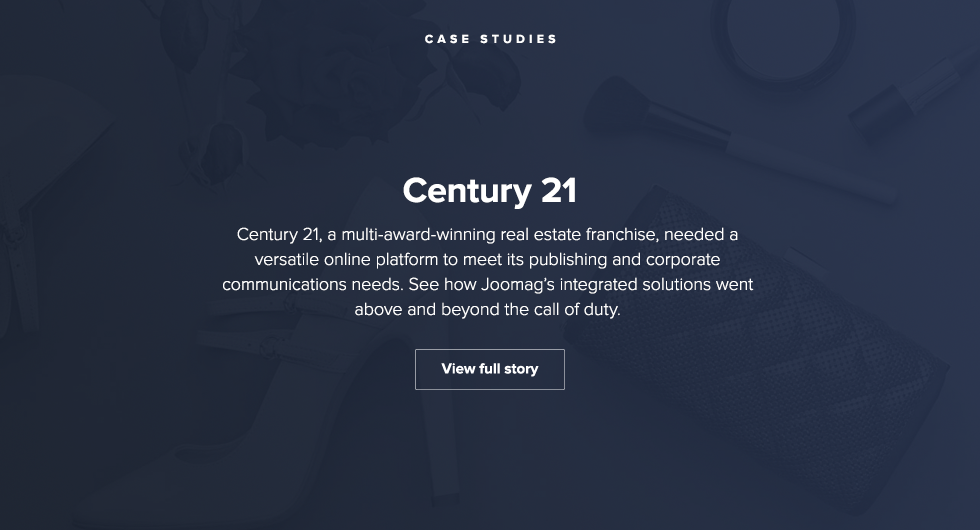
The Evolution of Communication in the Corporate World
Communication, in its simplest form, is the act of exchanging information with others. It’s easy; we do it every day (unless you’re a hermit). But things get a lot more complicated when it’s factored into the corporate world.
Communication in the workplace thrives on mutual understandings and shared thinking. Yet ironically, communication styles are deeply ingrained, different. Tech and teamwork converge in every single office, and both bring their own sets of unique challenges to the table as well.
A well-planned communications strategy can boost employee productivity year-round and, equally as important, help businesses maintain a favorable public image. When employees aren't operating on the same wavelength, expensive mistakes happen. When companies make mistakes and fail to own up to them (or openly communicate how they’ll fix them), reputations are tarnished forever. It’s a pickle no business ever wants to find itself in. Luckily, most take active steps to avoid these lose-lose situations by implementing a corporate communication strategy. So, what's the importance of corporate communications?
Defining corporate communication
We talked all things corporate communication in our previous blog post (here it is, in case you missed it) and loved FT Lexicon’s description of it. It’s a “management function or department, like marketing, finance, or operations, dedicated to the dissemination of information to key constituencies, the execution of corporate strategy, and the development of messages for a variety of purposes for inside and outside the organisation.” (source)
Corporate communication (also referred to as business communication) is inherently cross-functional and involves all employees from every level. Its primary responsibility is to shape and maintain a company’s reputation by overseeing communication strategy, branding initiatives, internal/employee communications, organizational identity, responsibility, reputation, crisis communications, investor relations, and public relations.
The Critical Role of Corporate Communications
It’s important to understand the value of corporate/business communication. Here are fifteen great reasons why it’s critical for boosting your company’s overall worth (in the eyes of employees and external stakeholders).
Corporate communications
1. Ensures company messaging is consistent and clear
2. Builds credibility for your brand/services/product
3. Helps nurture and sustain relationships with key stakeholders
4. Enhances brand image while strengthening corporate reputation
5. Minimizes damage to your brand’s reputation when mistakes are made (damage control)
6. Builds good relationships with high-level stakeholders
7. Reaches targeted media and niche audiences via tailored messaging, building more brand awareness in the process
8. Positions brands and their employees as experts in their fields
9. Creates top-of-mind awareness for customers and investors (positive brand association)
10. Improves sharing of knowledge amongst employees as well as managers/leadership
11. Helps businesses identify and remove communication barriers in the workplace
12. Circulates important information, like client and employee feedback, through a company
13. Rallies both in-office and remote employees with important updates/office news/events
14. Ensures employees are on the same page. Deadlines, goals, and performance standards are communicated clearly to everyone with no discrepancies
15. Creates a transparent work culture where employees are more invested in the company’s success
16. Prevents miscommunication by providing up-to-date information whenever employees need it
Plan & Execute Your Corporate Communication with Joomag
Leveraging Technology for Effective Corporate Communication
Fast and furious: corporate communication in the digital age
Technology has single-handedly created a new world of work, making life inside and outside the office simpler, faster, and just plain better. Teams are going virtual while remote work is becoming the “new norm.” Customers, stakeholders, and business partners are all following suit and adopting technology to communicate information at breakneck speed as well.
Organizations from every industry imaginable are shaking up their outreach strategies as innovation continues to permeate the tech sector. “Gone are the days of having a trusted list of go-to journalists and one-way flow of communications,” says Fares Ghneim of CARMA- a global provider of media intelligence solutions. “Today’s information landscape is multinodal where all stakeholders, irrespective of their relationship to an organization or to each other, have an opportunity to be heard and platforms to express their views.”
The digital communications landscape is changing. And with change comes challenge. Here are three every business should consider when building a corporate communication strategy:
-
Keeping up with rising stakeholder expectations.
-
Understanding the many, many forms of communications and engaging an audience that’s usually pressed for time.
-
Tailoring content that’s relevant to your audience, both internal and external. Breaking news: different people prefer different things. One topic might interest Edgar over at sales but bore David from customer service. Both, however, can agree on one thing: personalized content always wins. Providing content that’s relevant to employees’ specific needs shows that you listen and care.
Joomag: Comprehensive Corporate Communication Platform
In today’s hectic business climate, communication really is everything. Just ask the 1,500+ businesses who use Joomag today for their corporate comms needs. Its expansive network of tools facilitates both in-house and external collaboration. Here’s how:
Content creation:
Your content is your brand’s voice. So ensure it’s always heard with Joomag. Create engaging interactive content from scratch, hundreds of predesigned templates, or uploaded PDF files. Then communicate your message in vivid detail by embedding interactive elements like photos, videos, audio files, and feedback forms. Start the conversation with employees via Joomag’s Shoutbox plugin, for example, or embed the Call Me Back form to get in touch with important stakeholders.
One-click updating:
Ditch static folders and keep documents up-to-date. Make changes to existing content and republish it when necessary
Branding:
Personalize content assets with company logos, colors, and themes.
Collaboration:
Combine employees’ skills and knowledge to create a work environment that thrives on teamwork. Add multiple users under your corporate account and assign unique roles to each of them. Keep track of all user activities, including every edit made to your content.
Distribution:
Use multiple channels to get your message across. Embed a digital bookshelf on your company’s website and host content from it, shared important information with employees via shortened URLs, request custom branded apps for mobile content distribution, create custom email campaigns, and more. Enforce password restrictions, use shared links, share content with anyone, or allow only specific people to access important documents.
Analytics:
Know your audience. Support your corp comms with insightful metadata, including email open rates, engagement levels, and offline downloads.
Interactive content engages stakeholders and employees on an entirely new level, making it a worthwhile investment. Businesses can use it to pool resources (technology, people, employee & stakeholder knowledge) and achieve goals that were previously unattainable. Of course, different types of content work best with different audiences. Here are some assets commonly created on Joomag’s all-in-one platform:
Revamp Your Corporate Communication with Joomag
Transforming Corporate Communication with Joomag: A Case Study Approach
We believe in the power of communication, which is why major companies like Century 21 and Ernst & Young believe in us. Read their inspirational stories below and see how Joomag always gets the job done.



